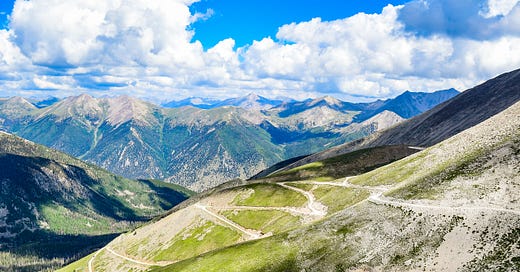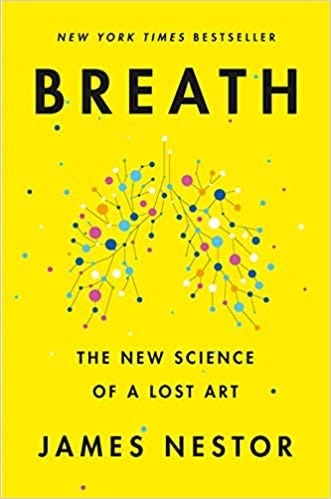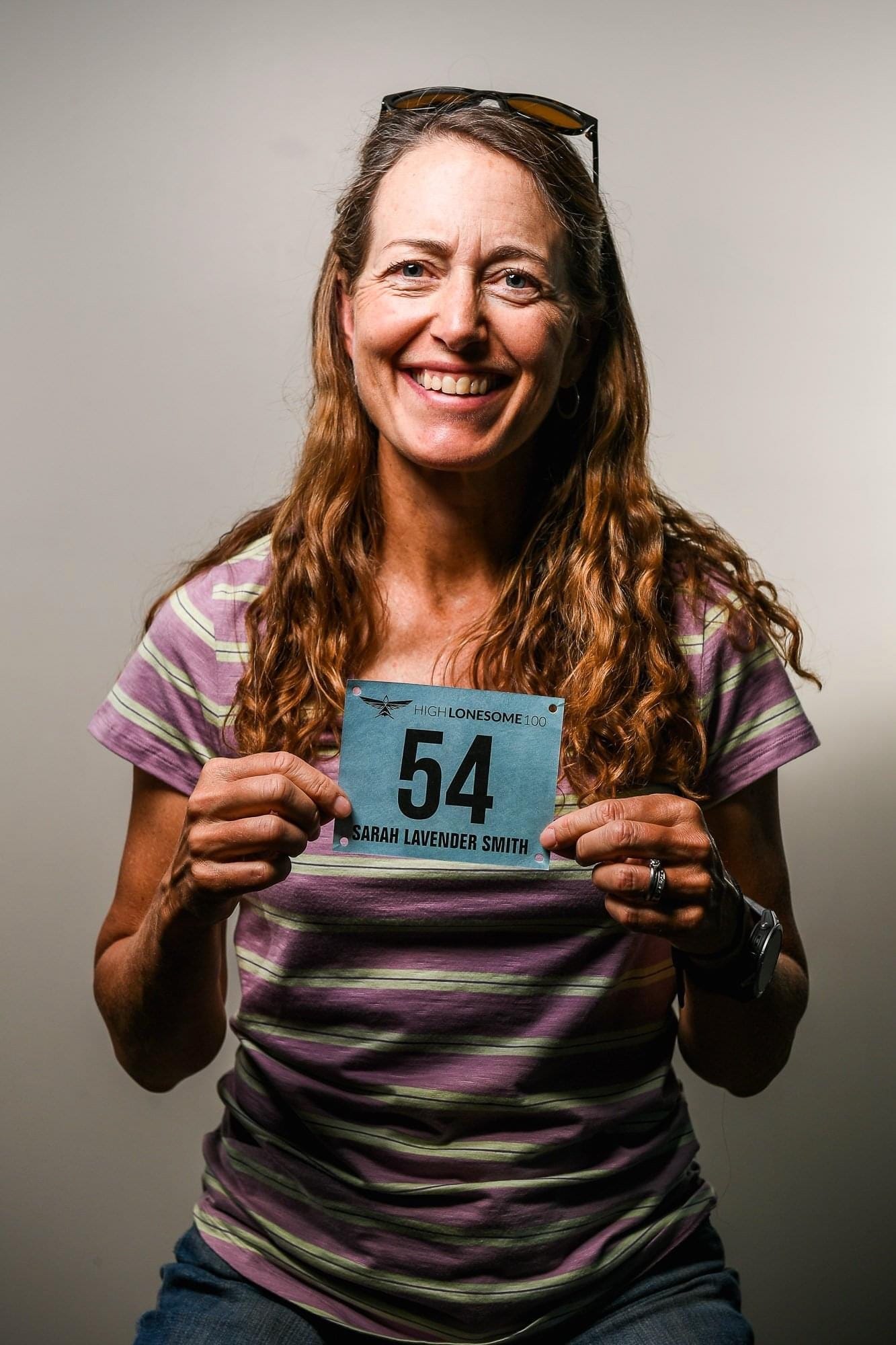Welcome, new subscribers. Several signed up for this newsletter last week after reading “Anatomy of an Aid Station.” If you’re new here, I hope you’ll browse the archives.
Typically, I post on Wednesdays, but this week, I’m saving the main story for a few days from now. I’m writing a High Lonesome 100 race report, but I need a little more time to get my head around the experience, and also, I’m waiting for the race photographers to make photos available.
Meanwhile, I have a book to spotlight, which relates to last weekend’s 100-miler.
Several things went wrong and made the second half of High Lonesome utterly miserable for me, which I’ll detail next time. (You can see in the Instagram post below that pain, nausea, and sleepiness made me pass out briefly around Mile 90, one of three unplanned-but-unavoidable trailside catnaps I took.)
But, a few things went well, compared to other 100s I’ve run. My knee and lower back did not stiffen and ache as much as usual, and my feet barely blistered. My gear did not malfunction or bug me. I did not trip and fall once.
Best of all: I could breathe.
I did not hyperventilate, and I did not hear and feel gunky fluid fluttering in my lungs. I did not have coughing fits, and I did not have rapid breathing at rest. I used my Albuterol inhaler only once, midway during an aid station stop, as a precautionary measure.
This is a big deal to me, since in 2018 I developed significant respiratory problems during the San Juan Solstice 50 and Ouray 100. Since then, anytime I go approximately 10 hours or longer for an extra-long ultra or training run, I feel I cannot take deep breaths because my lungs burn and sometimes feel fluid-filled. During the Ouray 100, I became so freaked out and limited by my inability to breathe deeply and normally that I catastrophized I was developing HAPE (high-altitude pulmonary edema), so I dropped at Mile 66, a DNF that still haunts me.
My doctor told me it wasn’t HAPE; rather, I had exercised-induced asthma, aggravated by high-altitude dry air and perhaps triggered by pollen in June. I was given a steroid inhaler to use morning and night, and an Albuterol inhaler to use as needed while running. I ended up using these “puffers” infrequently, however, because they didn’t seem to make much of a difference.
The best explanation I came across for what was happening to my respiratory system was this article on exercise-induced bronchoconstriction or bronchospasm, described as a kind of overuse injury of the lungs. But I didn’t know what to do about it, other than use the inhalers.
Fast forward to last month, June 25, when I ran San Juan Solstice 50, whose route follows the Continental Divide Trail above 12,000 feet elevation for nearly 10 miles, similar to High Lonesome 100’s high-altitude portion on the Continental Divide’s ridge. Once again, I developed burning and wheezy lungs in the second half.
For at least two hours following the SJS50 finish, when I was resting and should have been breathing normally, my breath stayed rapid and shallow at around 20 breaths per minute (normal for me is 9 or 10 breaths/minute). I was breathing audibly through pursed lips, my chest rising and falling visibly, trying to calm myself down and slow the breathing. Instead, I seemed to prolong near-hyperventilation, and again, it freaked me out.
Seeking to do something to prevent lung inflammation/constriction and hyperventilating at High Lonesome 100, I started a book several weeks ago that I had heard good things about: Breath by James Nestor.
Breathing may seem simple and automatic, but it’s not. Anyone who snores, suffers sleep apnea, has blocked nasal passages, or who like me defaults to using an inhaler to reduce lung inflammation, knows that breathing can be a struggle.
Maybe you’ve heard about the importance of nasal breathing rather than mouth breathing. This book takes a deep dive into why breathing through your nose is important, even life changing. But Nestor also goes on detours to explore how and why we evolved to have smaller mouths with crooked teeth, and what this means for our airways.
The book has its detractors, and I can see why. The author is a journalist, not a doctor, and he unearths studies that sound woo-woo and debunked by the mainstream, such as how breathing can help cure spinal curvatures. But I found the core of the book fascinating and helpful.
(If you don’t want to read the whole book, this interview on NPR gives an overview, as does this YouTube interview that demonstrates some of the breathing techniques.)
The book prompted me to practice more intentional and extended nasal and diaphragmatic breathing at home and, as much as possible, during runs. Having been a rapid mouth breather my whole life, it felt awkward and even borderline suffocating to try to breathe slowly through my nose, with my belly expanding as much or more than my chest, especially during runs.
At home throughout the day and when lying in bed, I worked on slowly breathing in and out through my nose, taking 10 or fewer breaths per minute. While running, I moderated my pace and effort to inhale through my nose, and then I would exhale forcefully through my mouth. (I couldn’t inhale and exhale through the nose while running unless going extra slowly on a flat stretch.)
During High Lonesome 100, I obviously breathed very hard while ascending the big climbs above tree line. But, I tried to breathe hard in a different way. I inhaled deeply through my nose, drawing the air all the way down to my belly, for three or four steps, then exhaled through my mouth in one or two steps. This broke my usual pattern of taking two steps while inhaling through my mouth, and two steps while exhaling through my mouth.
I am not a doctor or scientist, so I can’t explain what was happening physiologically. But it felt like this new effort to inhale through my nose, and more deeply, reduced the inflammatory response—the burning and gunkiness—that my lungs normally develop in mountain ultras. Also, the focus on my breath had a calming effect. It helped me relax my shoulders and manage the enormous mental and physical stress as I grappled with nausea and anxiety while my performance devolved.
At the finish (and I did finish!), I did not experience the rapid breathing I couldn’t control just four weeks prior at San Juan Solstice 50. My breathing and heart rate dropped to normal right after I stopped moving. When I coughed later that night, I heard some gunky crud—so my lungs were not totally normal after the 100 miles, nor would I expect them to be—but they were better than usual after stressing them out in the mountains for some 35 hours. The next day, they did feel back to normal.
I have some extra time available this month, since my training volume post-ultra will be light, so I’ve decided to practice breathing techniques with the help of yoga. I’ve been doing yoga regularly but relatively quickly with 10 to 20 minute videos on YouTube (my favorite being those by Kassandra).
Now, I’m trying a 30-day streak focused on breath work with Adriene, whose videos are 30 to 40 minutes. Adriene became famous for stay-at-home yoga during the pandemic, even sparking this New Yorker story. I generally get impatient with her videos, because they are so slow, and I find her overly chatty. But I want to cultivate patience and work on my breath to change the habit of mouth breathing. This is the closest I’ll get to meditation for mindfulness (something I’ve tried and failed at several times). So, wish me luck—or join me—as I try this 30-day yoga series with a focus on breath.
Stay tuned for a narrative of last weekend’s HiLo highs and lows, and please comment below if you’ve read Nestor’s book, what you thought of it, and/or if you’ve done any breath work to help athletically or to improve respiratory issues.








Great job Sarah! I too like the book!
This reminds me to get back into taping my mouth shut. Thank you!